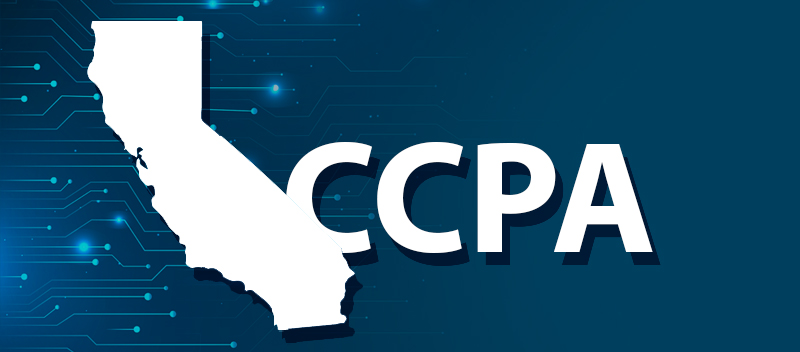Blog PA DSS vs. PCI DSS: Main Differences
PA DSS vs. PCI DSS: Main Differences

There are two major compliance frameworks in the payments industry: PA-DSS and PCI DSS. These frameworks have different requirements for businesses that process, store or transmit credit card data.
PA-DSS is a compliance standard specifically for software vendors that develop point-of-sale (POS) applications to accept credit card payments. On the other hand, PCI DSS is a general compliance standard that applies to any business that processes, stores, or transmits credit card data.
So, which one should your business be compliant with? The answer depends on your business model. If you are a software vendor that develops POS applications, you will need to be PA-DSS compliant. If you are a business that accepts credit card payments, you will need to be PCI DSS compliant.
Here is a more detailed breakdown of the two compliance frameworks:
PA-DSS Requirements
- The software must be designed in such a way that it does not store sensitive credit card data.
- The software must be able to encrypt sensitive credit card data.
- The software must provide a mechanism for secure key management.
- The software vendor must have a documented security policy in place.
- The software vendor must undergo periodic security audits by an independent third party.
PCI DSS Requirements
- The business must have a secure network.
- The business must protect cardholder data.
- The business must maintain a vulnerability management program.
- The business must implement strong access control measures.
- The business must regularly monitor and test networks.
- The business must have a documented information security policy in place.
- The business must undergo periodic security audits by an independent third party.
PA-DSS
- Singular architecture
- Developed mainly with traditional
(desktop) POS systems in mind - Developed explicitly to support PCI DSS
- Both software design and software
development are addressed in the
same standard - Prescriptive requirements
- Limited scalability
PCI Standard
- Modular architecture
- Intended to support a wider array of
software types and platforms - Supports PCI DSS but designed to be
completely independent (no coupling) - Address both software design and
development, but in separate standards - Objective-based requirements
- Designed for scalability
As you can see, the two compliance frameworks have different requirements. PA-DSS is focused on software vendors, while PCI DSS applies to all businesses that process, store or transmit credit card data.
If you are not sure which compliance framework applies to your business, you can contact a qualified PCI DSS assessor for more information.
PA DSS’s main functions are:
- To help software vendors develop secure payment applications that do not store, process, or transmit cardholder data
- To assess the security of payment applications. Vendors can use independent Qualified Security Assessors (QSAs) to perform an on-site assessment and submit a Report on Compliance (RoC) to validate compliance with PA-DSS
- To provide guidance to assist organizations in the installation and configuration of payment applications to protect cardholder data
- To validate compliance with PA-DSS through periodic reviews conducted by PCI SSC
PCI DSS’s main functions are:
- To help organizations ensure that their credit and debit card transactions are secure
- To assess the security of organizations’ credit and debit card systems. Organizations can use independent Qualified Security Assessors (QSAs) to perform an on-site assessment and submit a Report on Compliance (RoC) to validate compliance with PCI DSS
- To provide guidance to assist organizations in the installation and configuration of their credit and debit card systems to protect cardholder data
- To validate compliance with PCI DSS through periodic reviews conducted by PCI SSC
Both PA DSS and PCI DSS are important in helping to ensure the security of credit and debit card transactions. However, there are some key differences between the two standards. PA DSS is explicitly focused on payment applications, while PCI DSS covers the entire credit and debit card system.
In addition, PA DSS provides guidance on developing secure payment applications, while PCI DSS focuses on the installation and configuration of credit and debit card systems. Finally, PA DSS compliance is validated through periodic reviews conducted by PCI SSC, while PCI DSS compliance is validated through independent on-site assessments conducted by Qualified Security Assessors (QSAs).
Building Trust and Confidence with TrustNet.
TrustNet has performed hundreds of Assessments and has tremendous experience successfully guiding businesses through the process.




